8 Signs You Need Drain Jetting for Your Home
Keeping your home’s plumbing in good condition is essential for comfort, safety, and long-term value. While many clogs can be addressed with a plunger or a drain snake, some issues require a more powerful solution. Drain jetting is one of the most effective methods for clearing stubborn blockages and ensuring your pipes remain in top condition. This process uses high-pressure water to remove buildup, grease, and debris that traditional methods often leave behind. According to Today’s Homeowner, a typical pipe size in homes ranges from 1 and a quarter to 4 inches, and proper drain jetting requires water pressure of 1,500 to 2,000 PSI to be effective. Knowing when to schedule this service can save you from costly repairs and plumbing emergencies. Below are several signs you may need drain jetting for your home.
1. Experiencing Frequent Clogs
If you find yourself reaching for the plunger more often than you’d like, it may be a sign of a deeper issue within your pipes. While minor clogs can occur from time to time, repeated blockages often mean that buildup is restricting water flow. Drain jetting clears pipes thoroughly, breaking apart grease, soap scum, hair, and other debris that cause recurring clogs. By addressing the root of the problem instead of just the symptoms, you’ll enjoy long-lasting results and fewer disruptions.
2. Noticing Slow-Draining Fixtures
Sinks, tubs, and showers that drain slowly are another clear sign that your pipes may need professional cleaning. Slow drains are often caused by partial blockages that continue to collect debris over time. Ignoring the issue can lead to complete blockages and even pipe damage. Drain jetting restores full flow by blasting away stubborn buildup, allowing water to drain freely and efficiently throughout your home.
3. Detecting Unpleasant Odors
Foul smells coming from your drains are usually caused by trapped food particles, grease, or other organic matter inside your pipes. As this material decays, it releases unpleasant odors that can spread through your home. Drain jetting removes this buildup completely, eliminating the source of the smell. Not only does this improve comfort, but it also promotes a cleaner and more sanitary plumbing system overall.
4. Hearing Gurgling Sounds
Unusual noises such as gurgling or bubbling when water drains may indicate air trapped by blockages in your pipes. These sounds are often early warnings of bigger problems to come. Drain jetting can quickly resolve the issue by clearing away obstructions and restoring smooth water flow. Addressing the problem promptly prevents more serious plumbing complications from developing down the line.
5. Dealing With Backed-Up Drains
One of the most serious signs you need drain jetting is water backing up into sinks, tubs, or toilets. Backups often result from blockages deep within your plumbing system that simple tools can’t reach. High-pressure water from drain jetting penetrates the full length of your pipes, clearing obstructions and restoring normal function. This service can save you from messy, costly, and unsanitary overflow situations in your home.
6. Struggling With Grease Buildup
Kitchens are especially prone to clogs caused by grease, oils, and food particles that stick to the walls of pipes. Over time, these substances harden and create stubborn blockages. Drain jetting is particularly effective at removing grease, as the high-pressure water cuts through buildup and flushes it away. If your kitchen sink is consistently slow or clogged, jetting may be the solution that keeps it running smoothly.
7. Managing Older Plumbing Systems
Homes with older plumbing systems are more vulnerable to clogs, corrosion, and buildup. Even if you don’t notice obvious symptoms, scheduling preventative drain jetting can extend the lifespan of your pipes by keeping them clean and clear. Since typical residential pipes range from just over an inch to four inches in diameter, water pressure in the 1,500 to 2,000 PSI range is both powerful and safe when performed by professionals. For older homes, this service can prevent small issues from escalating into expensive repairs or replacements.
8. Seeing Multiple Drains Affected
If more than one fixture in your home is draining slowly or backing up at the same time, the problem likely lies deeper in your plumbing system. This may indicate a clog in the main line, which can affect every drain in your house. Drain jetting is powerful enough to clear main line blockages, restoring proper drainage across the entire system. Ignoring the issue can put your home at risk of major water damage, making prompt action essential.
From recurring clogs to unpleasant odors and backed-up drains, the signs that you need drain jetting are clear. This powerful cleaning method not only resolves immediate issues but also helps maintain your plumbing system for the future. At Raleigh Plumbing & Heating, Inc, we provide professional drain jetting services designed to keep your pipes clear, efficient, and reliable. Contact our team today to schedule an appointment and ensure your plumbing system is working at its best.
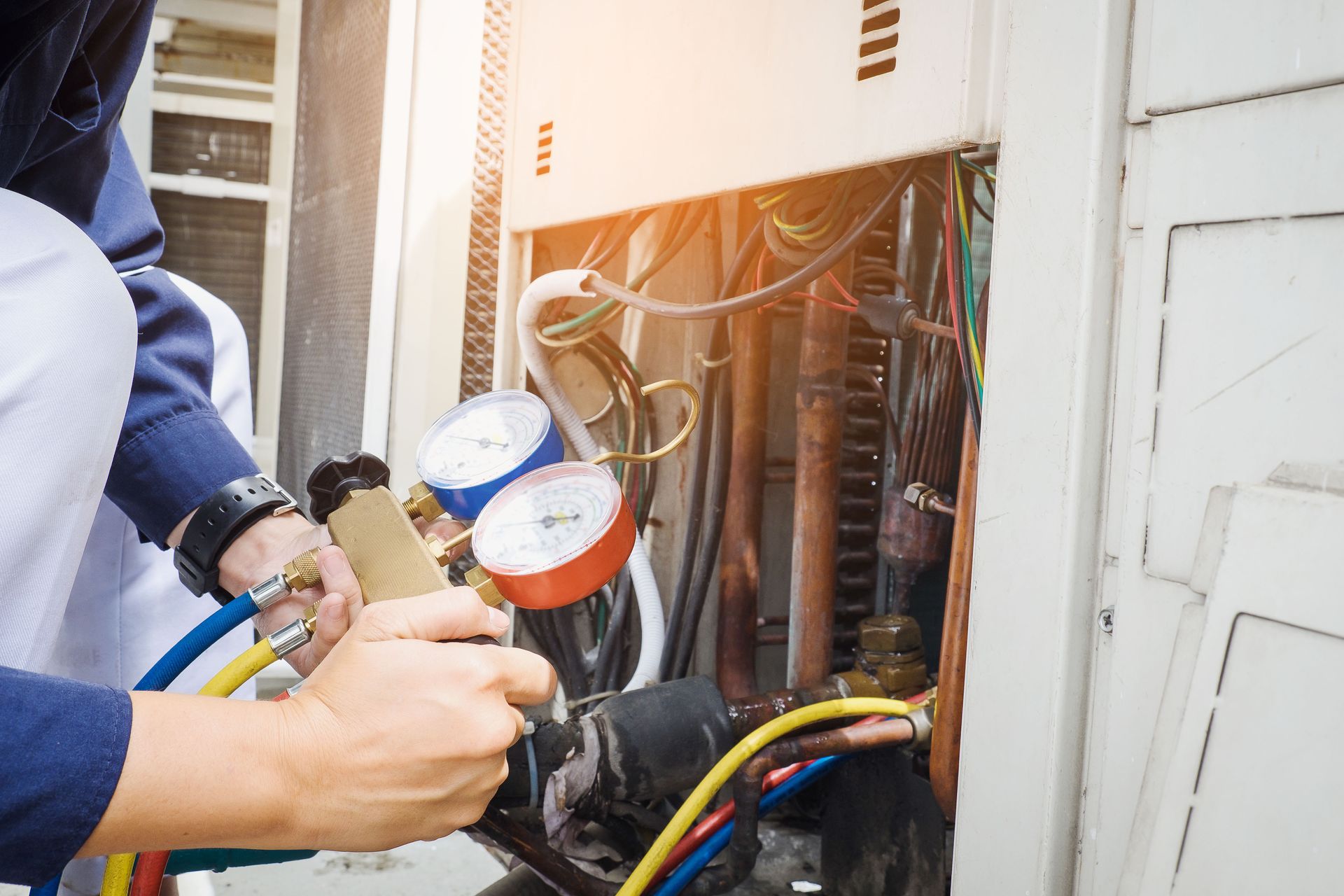


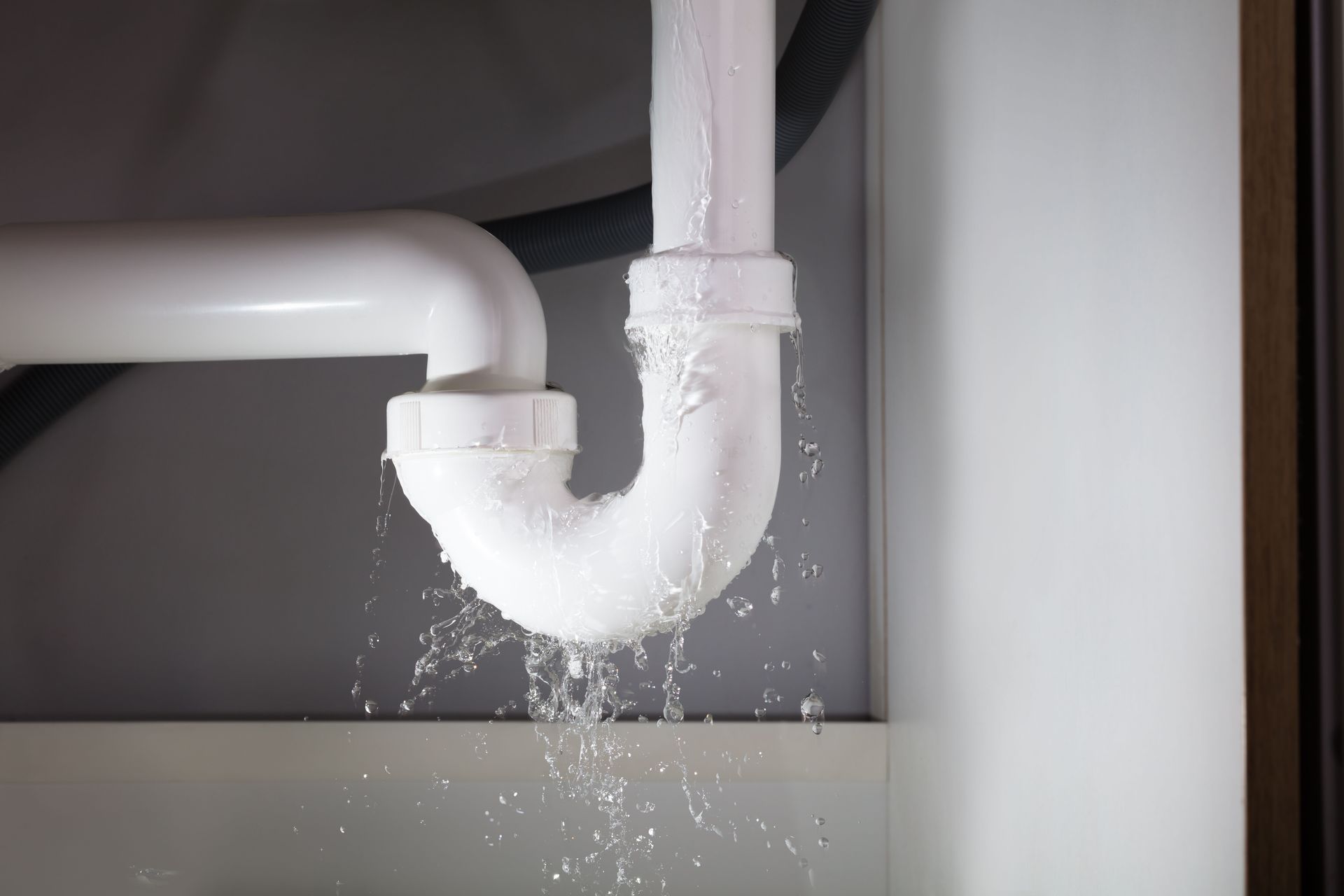

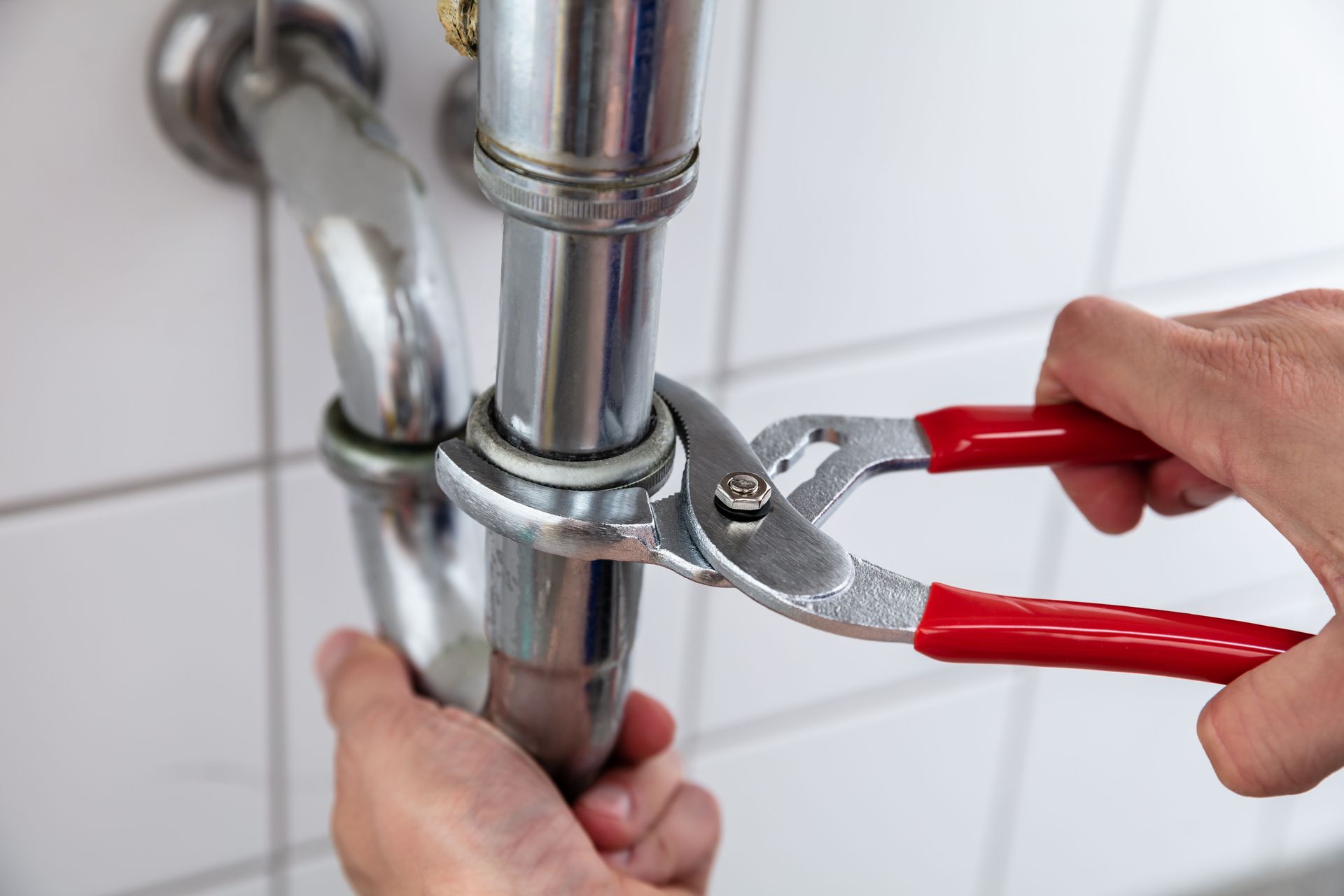
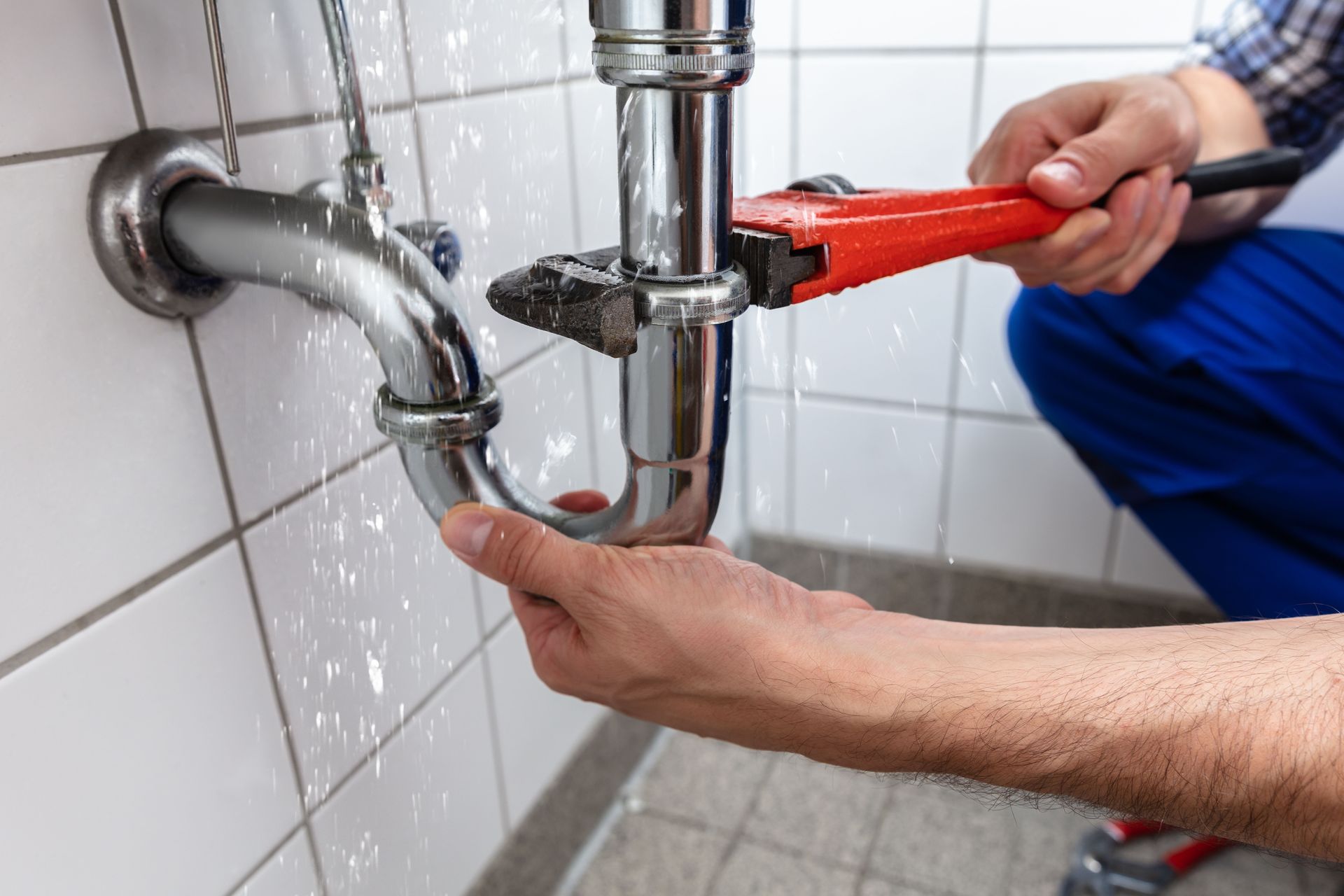

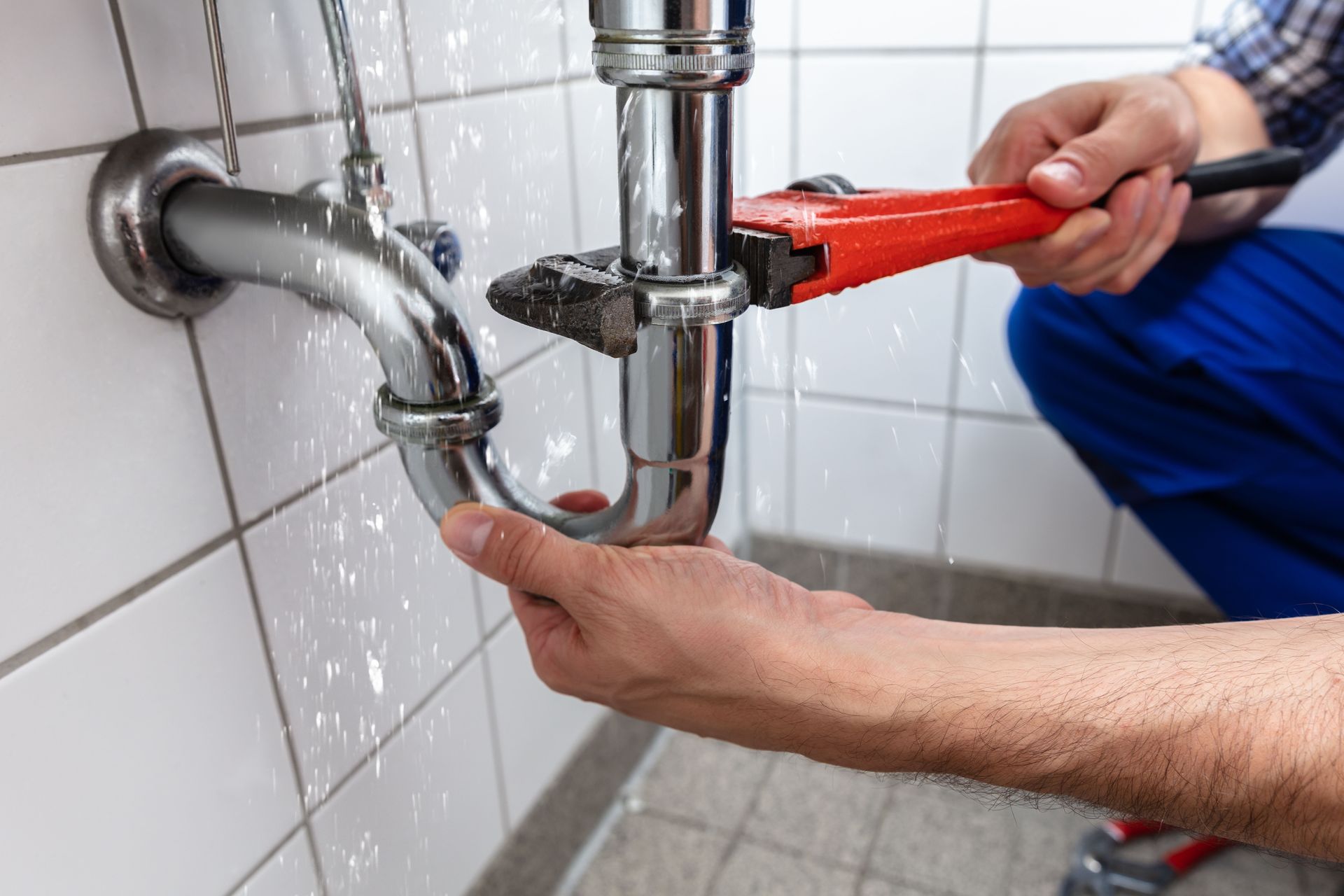
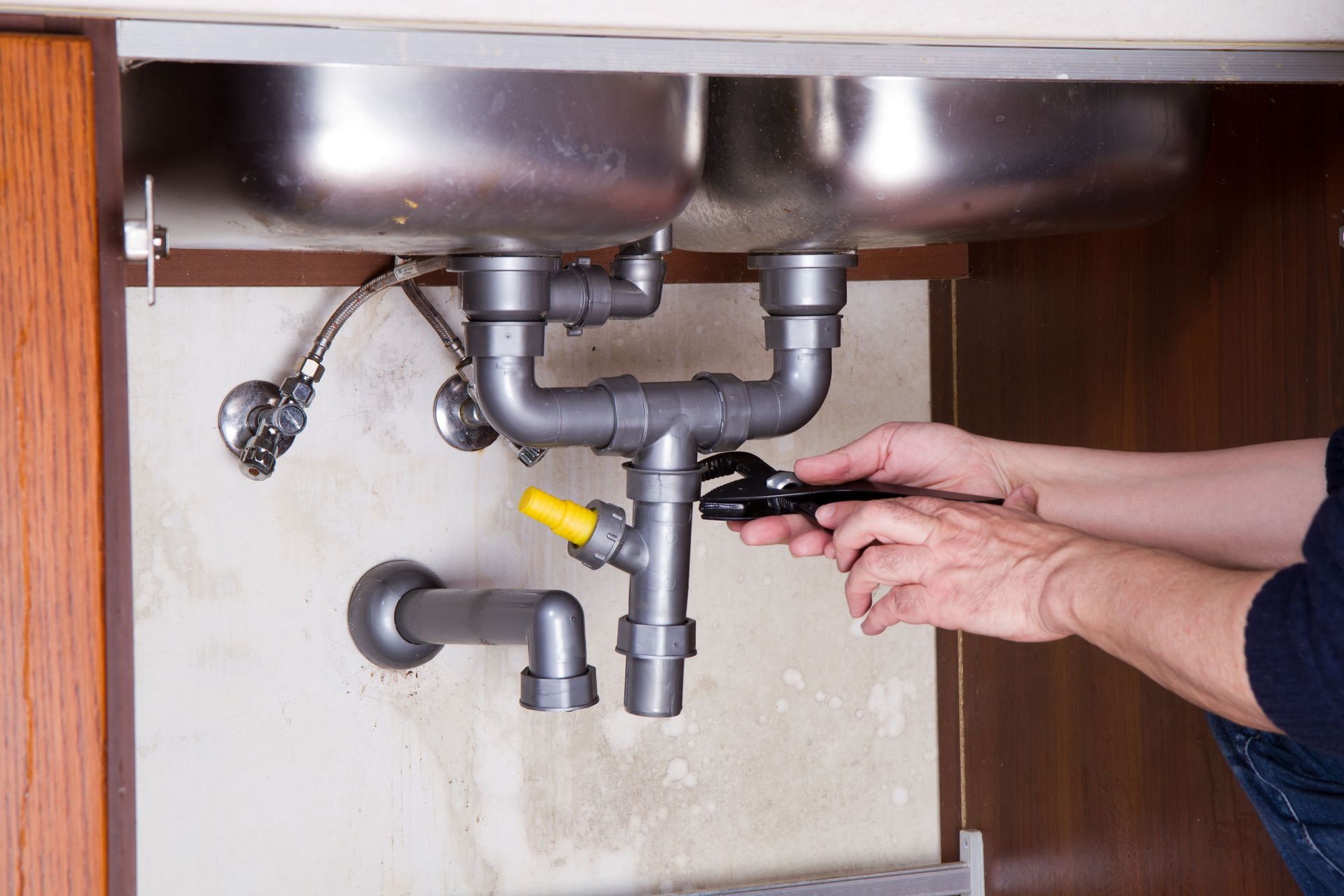

Share On: